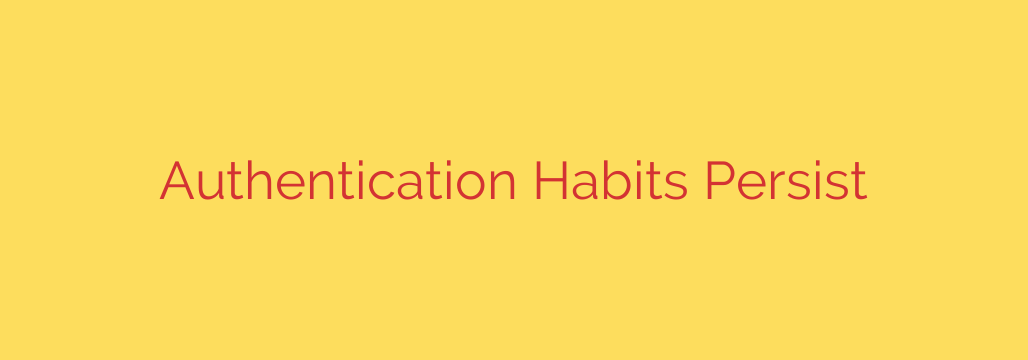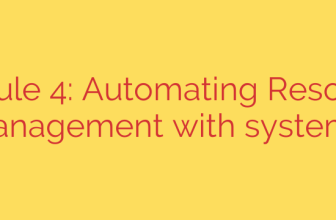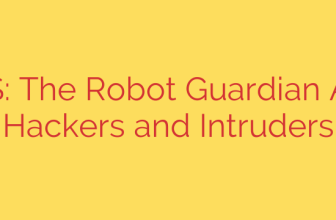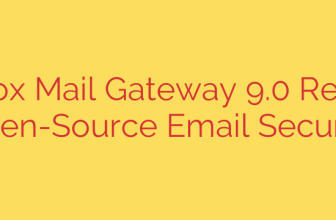
Breaking Bad: The Dangerous Security Habits You Need to Change Now
In the fast-paced digital world, convenience often wins out over caution. We juggle dozens of online accounts, from banking and email to social media and shopping. To cope, many of us fall back on old, comfortable habits for logging in. We reuse the same password, choose something easy to remember, and click “remind me later” on security updates. While these shortcuts save a few seconds, they create dangerous vulnerabilities that cybercriminals are all too eager to exploit.
The simple truth is that our authentication habits are dangerously outdated. The methods we’ve relied on for years are no longer sufficient to protect us from modern threats. Understanding why we stick to these risky behaviors is the first step toward building a stronger digital defense.
The Comfort Zone of Insecurity: Why We Cling to Bad Habits
Human beings are creatures of habit. When it comes to online security, this tendency can be a significant liability. The primary reason we cling to poor password practices is a combination of convenience and a psychological blind spot known as “optimism bias”—the belief that a data breach won’t happen to us.
We tell ourselves that setting up a complex, unique password for every single site is too much work. We believe that enabling extra security steps is an unnecessary hassle. Unfortunately, attackers rely on this mindset, turning our desire for simplicity into their greatest advantage. The reality is that a single weak link in your security chain can compromise your entire digital life.
Are You Guilty? The Top 3 Dangerous Authentication Habits
Take an honest look at your online routines. Do any of these common but high-risk behaviors sound familiar?
1. The Universal Key: Widespread Password Reuse
Using the same password across multiple websites is like having one key for your house, car, office, and safe deposit box. If a criminal gets that key, everything you own is at risk. When a single website suffers a data breach, cybercriminals take the leaked lists of emails and passwords and use automated software to try them on other major platforms like Amazon, Google, and your bank. This attack, known as “credential stuffing,” is incredibly common and effective. Reusing a password, even a strong one, makes you a prime target for account takeovers.
2. The Guessing Game: Weak and Predictable Passwords
Passwords like Password123, 12345678, or those including your pet’s name, birthday, or hometown are trivial for modern cracking software to guess. Hackers use powerful programs that can test billions of combinations per second. A password based on personal information or common dictionary words can often be compromised in mere moments. True strength lies in complexity and randomness, not in personal familiarity.
3. Ignoring the Shields: Neglecting Multi-Factor Authentication (MFA)
Multi-factor authentication adds a crucial second layer of defense to your accounts. Even if a criminal steals your password, they can’t log in without access to your phone or another verification device. Yet, many users fail to enable it, viewing the extra step of entering a code as an annoyance. MFA is one of the single most effective tools for preventing unauthorized account access, blocking over 99.9% of automated attacks. Skipping it is like leaving your front door unlocked.
From Vulnerable to Vigilant: Actionable Steps to Secure Your Digital Life
Breaking these ingrained habits doesn’t have to be difficult. By adopting a few modern tools and practices, you can dramatically enhance your online security with minimal effort.
Action Step 1: Get a Password Manager.
This is the most important change you can make. A password manager is a secure, encrypted vault that creates, stores, and automatically fills in long, random, and unique passwords for every site you use. You only need to remember one strong master password to unlock the vault. This solves the password reuse and weak password problems in one fell swoop.Action Step 2: Enable MFA Everywhere You Can.
Go into the security settings of your critical accounts—especially email, banking, and social media—and turn on multi-factor authentication. For the best protection, choose an authenticator app (like Google Authenticator or Authy) over SMS text messages, as app-based codes are more secure against SIM-swapping attacks.Action Step 3: Conduct a Security Audit.
Set aside 30 minutes to review your most important accounts. Start with your primary email, as it’s often the key to resetting all your other passwords. Use your new password manager to change old, weak, or reused passwords. Close any accounts you no longer use to reduce your digital footprint.Action Step 4: Prepare for a Passwordless Future.
Keep an eye on emerging technologies like passkeys, which are replacing passwords with more secure and convenient authentication methods using your device’s biometrics (fingerprint or face ID). As more services adopt them, you can move toward a future where you no longer have to remember passwords at all.
Ultimately, your online security is in your hands. The digital landscape is evolving, and the threats are becoming more sophisticated. It’s time for our security habits to evolve, too. By moving beyond the outdated practices of the past, you can take meaningful control and protect your valuable digital identity.
Source: https://www.helpnetsecurity.com/2025/10/06/weak-authentication-risks-in-organizations/








